
Saunas employ dry or steam heat to provide relaxing and therapeutic effects on the body. Over time a sauna can build up dirt and grime and may even foster the growth of mold or mildew. To prevent your sauna from becoming unusable, clean it every few weeks or more, depending on how often you use it.
Floor
The warm, moist environment of many saunas can foster the growth of bacteria on the floor and other surfaces of the sauna. These bacteria include tinea pedis, more commonly known as athlete's foot, states the Mayo Clinic. Public saunas can also spread the bacteria Staphylococcus aureus, which can cause serious skin staph infections, including the deadly methicillin-resistant Staphylococcus aureus--MRSA--according to the Centers for Disease Control and Prevention.
To prevent these infections from spreading, regularly sweep and mop the sauna floor using a household floor cleaner or a water and bleach solution. Let the floor dry and the sauna air out before continuing use.
Benches
Benches in a sauna should also be routinely cleaned, especially if you regularly use your sauna without clothing. Because the benches of a sauna are made of soft wood, do not use regular household cleaning products; clean your benches using a solution of water and mild detergent. Commercial sauna-cleaning products, made specifically to be safe for sauna surfaces, are available online and through sauna dealers.
Sitting or lying on towels can help reduce the amount of cleaning needed, as towels create a barrier against body sweat, which can stain the wood of your sauna. If sweat marks become a serious problem, the Finlandia Sauna Products Corp. recommends using a sandpaper with 120 grit to lightly sand the sweat stains from the wood.
Stones
When using a sauna with heating stones, clean them if they begin to emit any unusual or unpleasant smells. Wash the rocks using a mild cleanser and soap and allow them to dry completely before placing them back in the sauna. Replace any cracked stones or stones that continue to smell after cleaning. You can use any stones in a sauna; rough-edged peridotite and olivine stones are popular choices available at most sauna dealers.
Other Surfaces
Clean other surfaces of your sauna periodically with a solution of water and mild detergent. These surfaces include the sauna walls, door handles, operational switches and the heater. When cleaning the heater be sure that the unit has completely cooled to prevent burns. Wood-burning heaters require additional maintenance including the regular removal of ashes. Hire a professional chimney cleaner to clean creosote in the exhaust pipe of a wood sauna to reduce fire dangers.
Related Articles
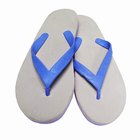
How to Disinfect Flip Flops With Bleach
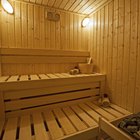
Is a Sauna Good for Healing Scars?

Treatment for Tent Mold & Mildew
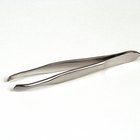
How to Care for Skin Abrasions

How to Clean Mud From High Heel Shoes
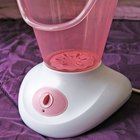
How to Use the Facial Sauna

How to Wash Felt Boot Liners

Homemade Daily Shower Cleaner Spray

Purpose of Moth Balls

How Do I Clean the Inside of Fleece ...

How to Prevent Getting Ringworm in the ...

How to Get the Stains Out of White ...

How to Stop Clog Shoes From Squeaking

How to Clean the Smell From the Inside ...
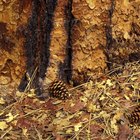
Uses of Pine Tar Ointment

What to Use to Clean the Inside of a ...

How to Get Dirt Out of Canvas Shoes

How to Get the Gas Smell Out of Rubber ...

Facial Steamer Instructions
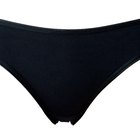
How to Use Panty Liners
References
Writer Bio
Chris Sherwood is a professional journalist who after years in the health administration field and writing health and wellness articles turned towards organic sustainable gardening and food education. He now owns and operates an organic-method small farm focusing his research and writing on both organic gardening methods and hydroponics.
Photo Credits
sauna image by Andrejs Pidjass from Fotolia.com